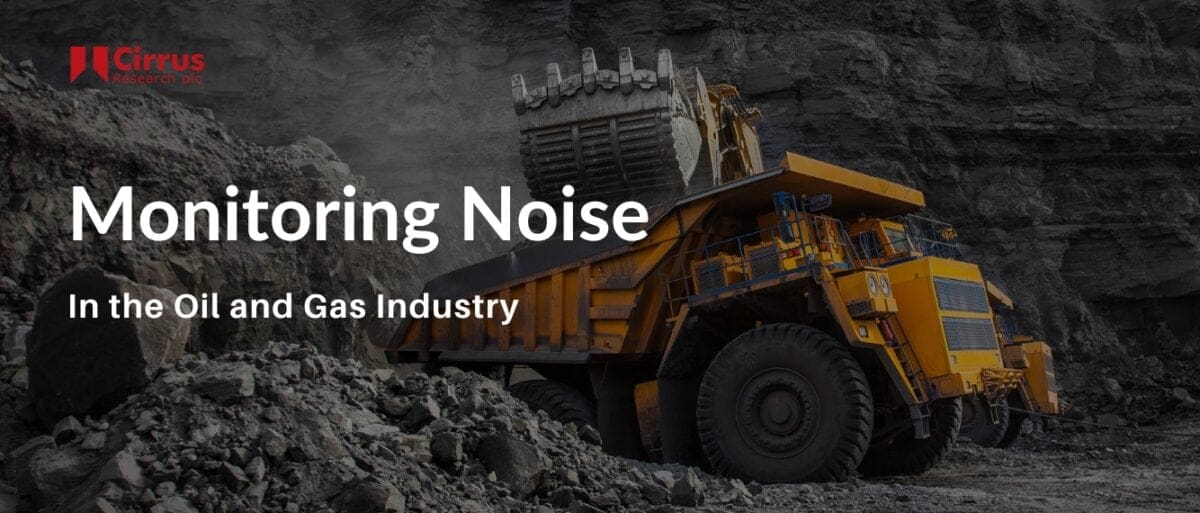Noise comes in all shapes, sizes and sounds. It’s part of our everyday lives. However, in order to understand it properly, it’s important to know what the different types of noise are.
Whether it’s the generic beep that punctuates our lives, a plane flying overhead or heavy machinery in your workplace, we simply cannot escape noise. If you want to accurately measure and analyse it, you need to understand the difference between the types of noise. It then becomes much easier to choose the right equipment and parameters to use.
What is noise?
It’s important to understand the distinction between noise and sound. Noise is a type of sound and is defined as unwanted, annoying, unpleasant or loud.
Our ears are excellent at telling us what noise is. Most commonly, noise is an annoying tone that causes mild to major discomfort or irritation. These tones pierce through the background noise that accompanies our lives.
When it comes to measuring the different types of noise, we want to replicate how the human ear interprets noise in order to get an accurate representation of its impact.
That’s why we use something called the A-weighted frequency, which is much more sensitive between the 500 Hz and 6 kHz range. When noise has been measured in this way, you’ll see dB(A). You can learn more about A, C and Z frequency weightings here.
Available as a Class 1 or Class 2 instrument, the Optimus+ Industrial integrating sound level meter is ideal for occupational noise exposure assessments in the workplace.
The advanced doseBadge5 personal noise dosimeter offers an enhanced analysis of noise levels and noise frequencies for the ultimate protection against noise in the workplace.

Includes an Optimus+ Environmental with a weatherproof case to protect it and the microphone from harsh weather conditions for accurate readings in any environment for up to 1 week.
The Four types of noise
Here’s a breakdown of the different types of noise that affect us all.
1. Continuous noise
Continuous noise is exactly what it says on the tin: it’s noise that is produced continuously, for example, by machinery that keeps running without interruption. This could come from factory equipment, engine noise, or heating and ventilation systems.
You can measure continuous noise for just a few minutes with a sound level meter to get a sufficient representation of the noise level. If you want to analyse the noise further, you need to look for a sound level meter with octave band analysis. Octave bands allow you to break the noise down into its separate frequencies. This information will tell you exactly what frequency is causing the noise. You may even want to investigate the noise with 1:3 octave bands, which can provide even more detail about the frequency content of the noise you’re measuring.
2. Intermittent noise
Intermittent noise is a noise level that increases and decreases rapidly. This might be caused by a train passing by, factory equipment that operates in cycles, or aircraft flying above your house.
We measure intermittent noise in a similar way to continuous noise, with a sound level meter. However, you also need to know the duration of each occurrence and the time between each one. To gain a more reliable estimate of the noise level, you should measure over multiple occurrences to calculate an average. If you’re using an integrating-averaging sound level meter, this will make the calculation for you and present this in terms of an LAeq.
3. Impulsive noise
Impulsive noise is most commonly associated with the construction and demolition industry. These sudden bursts of noise can startle you by their fast and surprising nature. Impulsive noises are commonly created by explosions or construction equipment, such as pile drivers, or your nextdoor neighbour doing some DIY on a Sunday morning.
To measure impulsive noise, you will need a sound level meter or a personal noise dosimeter that can calculate Peak values.
Don’t forget that even in an environment that is usually quiet, a single very loud noise can cause hearing damage, which is why it’s important to measure Peak levels alongside the average or Leq value. In most applications, Peak will be measured using the C-weighting, so you should make sure that your sound level meter provides this.
4. Low-frequency noise
For low-frequency noise, you should be using a sound level meter with third octave band analysis, so you can analyse the low frequencies that make up the noise. You may also need to look at the C-weighted measurements and compare this to the A-weighted measurements, as this can show how much low-frequency noise is present. If you’re not sure what the different frequency weightings are, you can read more about them here.
Low-frequency noise makes up part of the fabric of our daily soundscape. Whether it’s the low background hum of a nearby power station or the roaring of large diesel engines, we’re exposed to low-frequency noise constantly. It also happens to be the hardest type of noise to reduce at source, so it can easily spread for miles around.
If monitoring is taking place outside over a longer period, you may want to consider an environmental noise monitoring kit.



